
Cricklade to Lechlade, 11 miles
I was up early to drive the car down to the station carpark in the neighbouring village. Then enjoyed the walk back to the B&B. It was a perfect morning. Dew was steaming in the already warm sun. I had the best of the day as when we both re-emerged later, the sky was grey, remained so, and light banks of rain moved through all day.

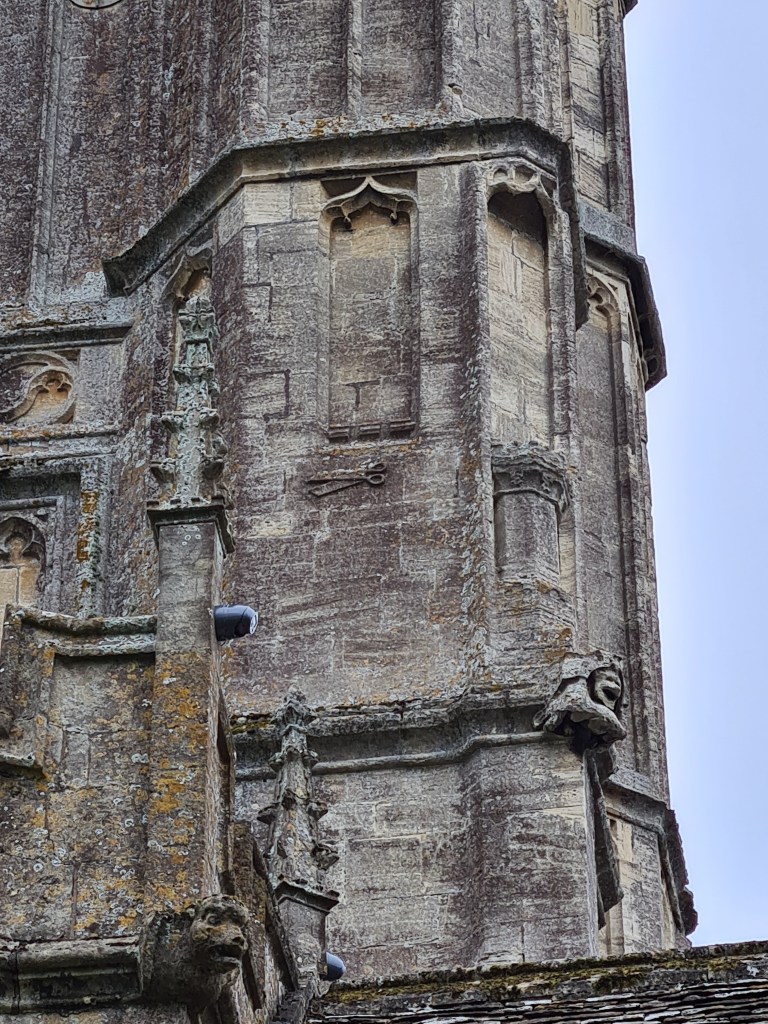
Cricklade means ‘place by the river crossing’ and with the luxury of a fairly short day we spent a little time looking around the town. First St. Mary, rededicated as a Catholic Church, locked, so a wander down the mixed architectural style High Street to St. Sampsons, passing the Jubilee Clock on the way. No, not for Elizabeth II, but for Queen Victoria in 1897 on the event of her Golden Jubilee.
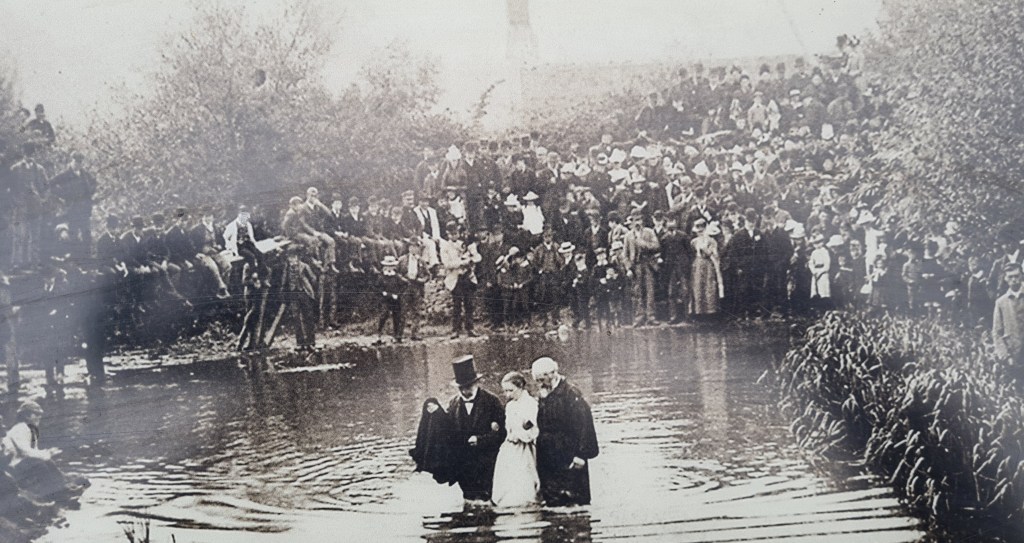
As suspected, we had been finding this an undemanding trail and the Thames Path would suit just about anyone that fancied walking a longer trail, provided they can sort out the logistics. Ascent is negligible and we have so far found the tread mostly good, it was the upper reaches that I had expected rougher going but it has been wide grass paths, rooty dirt tracks and just a bit of tarmac for the most part. The first part of today had some overgrown sections that were a little wearisome but things improved after Castle Eaton.

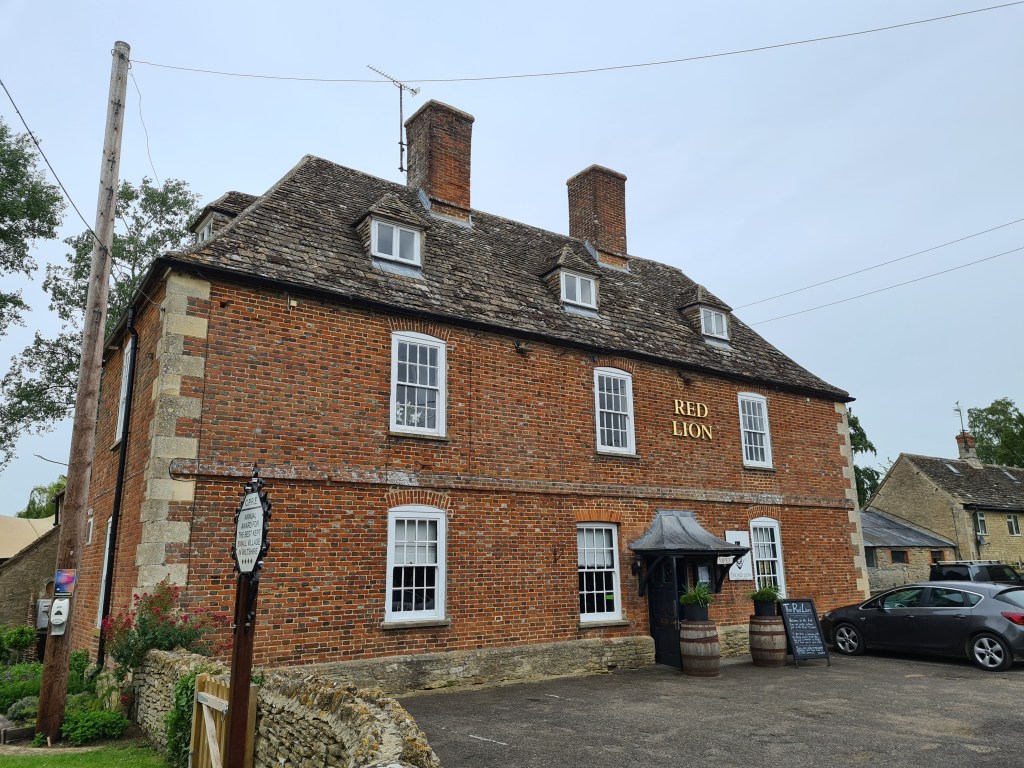
Accommodation can be hard to find in the upper reaches and gets booked up quickly. For this particular trail I was pleased that we had let someone else handle the logistical nightmare, though for a cost obviously. I have only encountered a single ‘official’ campsite so far and they seem thin on the ground throughout. Wildcamping could be an option for some but some areas would be difficult. And anyway, Mrs Three Points of the Compass had kicked that option into the long grass, this is supposed to be a holiday.
If the trail had deteriorated than the invertebrate and bird life hadn’t. Banded Demoiselle floated on the wind like emerald snow and I failed entirely in obtaining a picture, despite having one cling determinedly to my finger. Cettis Warblers bellowed, Sedge Warblers scratched and racketed while silent Mute Swans just looked annoyed at us.
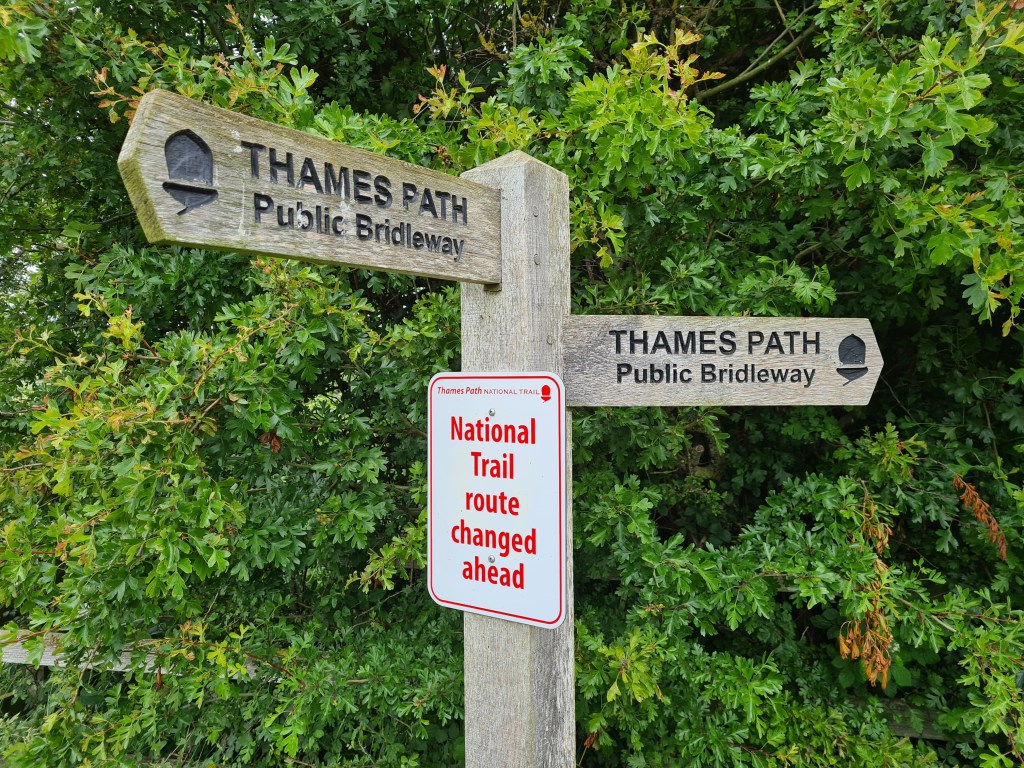
Having taken the improved ‘new’ route of the Thames Path along the river, we stopped in at the evocative St John the Baptist, at Inglesham. Now in the hands of the Churches Conservation Trust, this is a remarkable example of an unrestored Church. The church was given to the monks of Beaulieu in 1205 and each century has left its imprint. Fragments of 14th c. wall paintings, 15th c. Font, timber screens from the 16th c. Pulpit and pews from the 17th and 18th centuries, and so on.
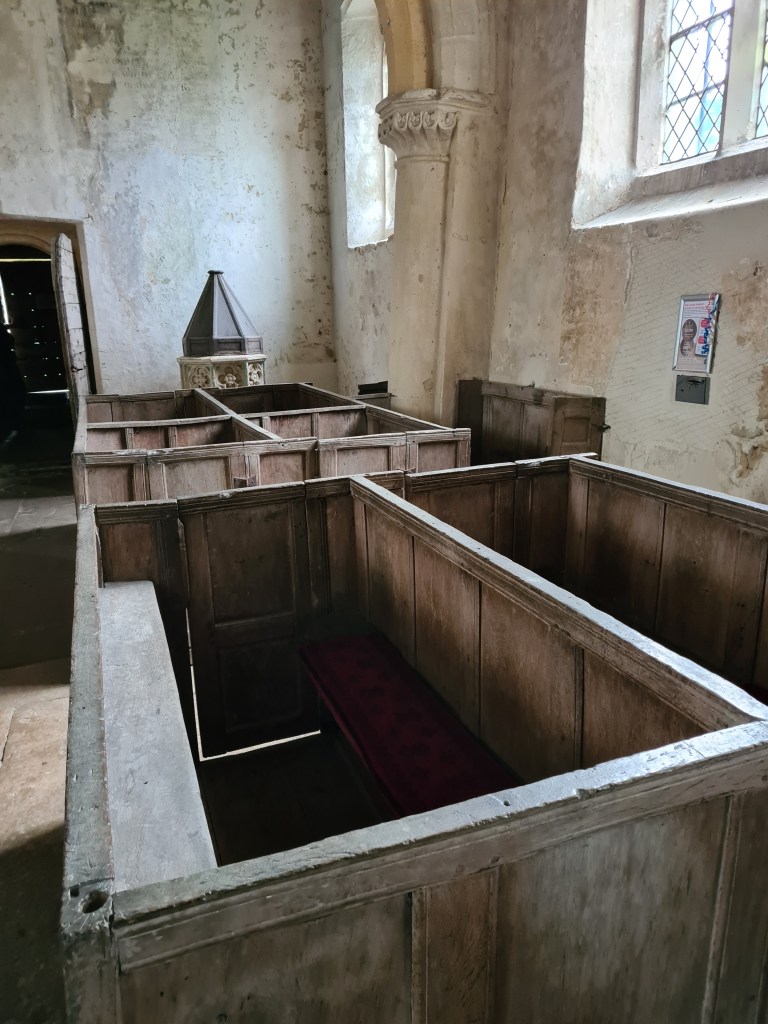
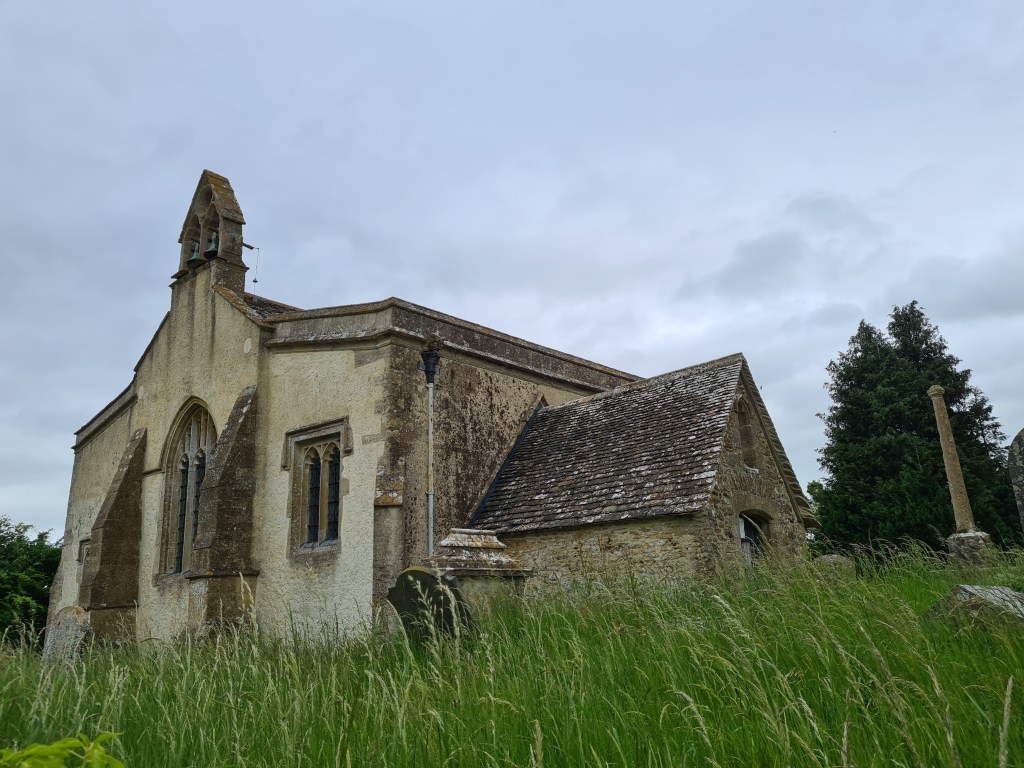
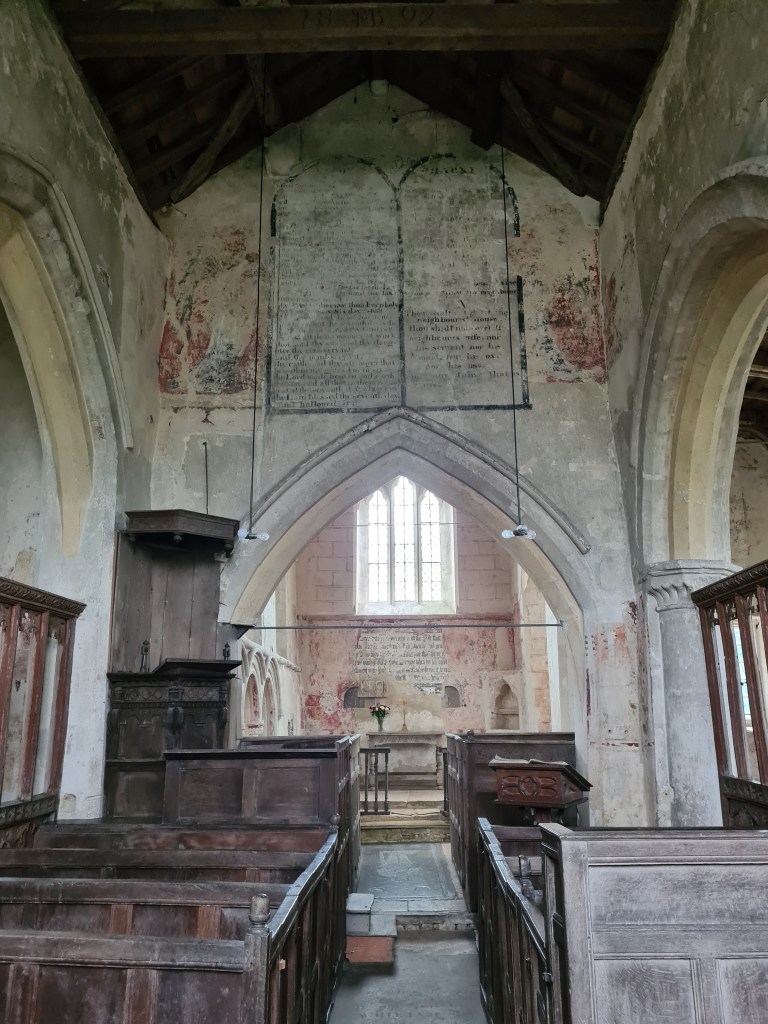

Tonight’s accommodation was the New Inn in Lechlade, not far from the Thames Path. We were eating there as well. This is a 17th century former coaching Inn and has a decent menu, so yet again, we had no need to go in search of alternative dining. We had been assigned a new build, self contained block behind the Inn and it was a bit of a treat. Once clean and changed it was up to the main bar for rehydrating and evening meals, there may have been a little beer, cider and wine consumed too…
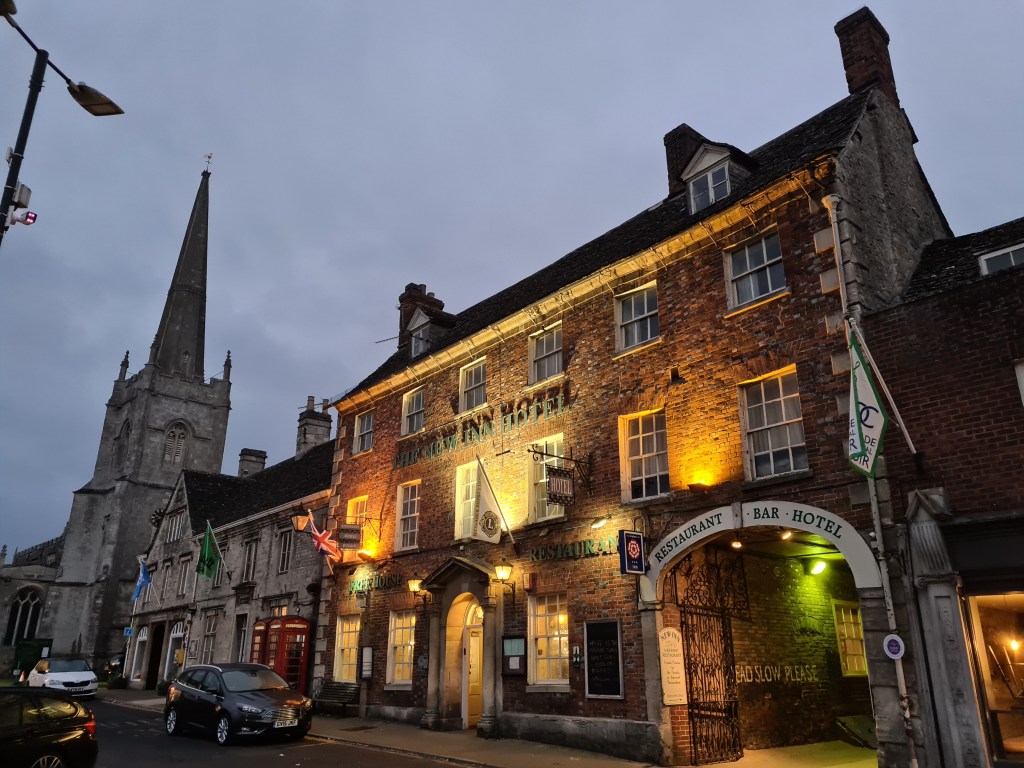
- The Thames Path- National Trail
- The Thames Path
- The Thames Path: Kemble to Cricklade
- The Thames Path: Cricklade to Lechlade
- The Thames Path: Lechlade to Tadpole Bridge
- The Thames Path: Tadpole Bridge to Bablock Hythe
- The Thames Path: Bablock Hythe to Osney Bridge, Oxford
- The Thames Path: Osney Bridge, Oxford to Abingdon
- The Thames Path: Abingdon to Shillingford/Warborough
- The Thames Path: Shillingford/Warborough to Goring
- The Thames Path: Goring to Sonning
- The Thames Path: Sonning to Marlow
- The Thames Path: Marlow to Windsor
- The Thames Path: Windsor to Chertsey
- The Thames Path: Chertsey to Hampton Wick/Kingston-on-Thames
- The Thames Path: Hampton Wick/Kingston-on-Thames to Putney
- The Thames Path: Putney to Tower Bridge
- The Thames Path: Tower Bridge to Woolwich Foot Tunnel

17 replies »